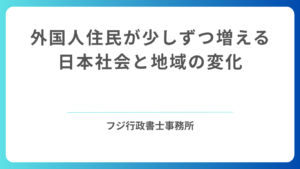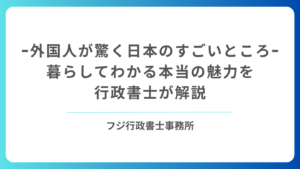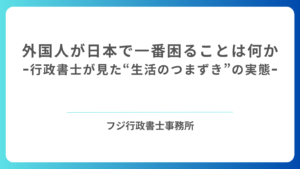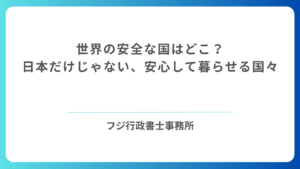「非常食=まずい」はもう過去の話
外国から来た人々にとって、日本の保存食はただの“緊急用”とは思えないほどのクオリティを誇っています。非常時に食べるものというイメージを覆し、今や「日常で食べたいレベル」と感じさせる完成度。特に、味、見た目、利便性の3点で「まさかここまでとは」と驚かれることが多いのです。
For many foreign residents, Japanese preserved foods no longer feel like “emergency rations.” They are surprised by the high quality—so much so that these meals feel like something you’d enjoy daily. The taste, appearance, and convenience all defy expectations.
単なる“保存期間”ではない、日本の工夫
日本の保存食は、ただ長持ちするだけではありません。たとえば「常温で5年間保存できる白ごはん」や、「開けてすぐに食べられるおでん缶」など、保存性と美味しさを高いレベルで両立しています。特許技術を使った容器や、真空調理法などが応用され、味の劣化を極限まで防ぐ工夫がなされています。
Japanese preserved foods aren’t just about longevity. For instance, white rice that lasts five years at room temperature, or canned oden ready to eat right out of the can, are examples of how shelf life and flavor coexist. Advanced packaging and vacuum cooking techniques help maintain taste over time.
外国人が驚く「これはもうレストラン」な缶詰たち
外国人から特に驚かれるのが、「缶詰のクオリティの高さ」です。たとえば缶詰で食べられる「牛タンシチュー」「うなぎ蒲焼き」「カニのほぐし身」など、もはやレストランで出されても不思議ではないレベル。日本では“缶詰バー”という専門店が存在し、缶詰をお酒と一緒に楽しむ文化すらあります。
One of the most surprising aspects for foreigners is the gourmet quality of canned foods. Items like beef tongue stew, grilled eel, and flaked crab in a can are shockingly delicious—some say they could be served at a restaurant. There are even “canned food bars” in Japan where you can enjoy these with drinks.
味だけじゃない。見た目・演出にも驚き
パッケージを開けた瞬間の見た目も重要視されており、「非常食のくせに、盛り付けまで美しい」と驚かれることも。レトルトの味噌汁には本物の具材がしっかり入っており、缶詰のパスタは湯煎せずに食べてもアルデンテが保たれていた、という声もあります。こうした「目でも楽しめる」工夫も日本らしさです。
Presentation also matters. Foreigners often comment on how even emergency meals look appealing. Instant miso soups contain real ingredients, and canned pasta retains its al dente texture even without boiling. This attention to visual appeal is very much a Japanese trait.
非常時だけじゃない、日常の“楽ごはん”としての地位
保存食は災害用というよりも、日常の“楽したい日”の食事として購入されるケースも増えています。特に単身者や共働き世帯から支持されており、「非常時の備蓄」ではなく「いつでも食べられる安心のストック」として冷蔵庫や棚に常備されるようになっています。
Preserved foods in Japan are now being used not just for emergencies, but also for “easy meals” during busy days. Single-person households and working couples often stock these foods not as disaster preparation but as everyday reliable options.
外国語表記・ハラール対応などの進化も
外国人向けに、英語や中国語、ベトナム語などの多言語表記がされた保存食も増えており、ハラール認証付きの商品も登場しています。特に地方自治体が防災備蓄として購入するものは、アレルゲン表示や宗教対応などが充実しており、訪日外国人や長期滞在者にも安心して提供できる内容になっています。
More and more preserved foods now come with multilingual labeling, including English, Chinese, and Vietnamese. Halal-certified options are also increasing. Local governments often stock these items for disaster preparedness, ensuring they are safe and suitable for people with allergies or religious dietary needs.
日本の保存食が信頼される「背景」にあるもの
日本では地震や台風など自然災害が多いため、保存食へのニーズは“実用品”として極めて高いものです。開発段階から「子どもや高齢者でも安全に食べられるか」「調理不要で食べられるか」などが厳しくチェックされており、結果として他国の保存食よりも高品質に仕上がっている面があります。
Because Japan is prone to earthquakes and typhoons, the demand for preserved foods as practical essentials is extremely high. Developers pay close attention to factors like safety for children and the elderly, and whether the food can be eaten without cooking. This results in a quality that often surpasses that of preserved foods in other countries.
まとめ:保存食のイメージを覆す“日本の本気”
日本の保存食は、ただのサバイバル用ではありません。非常時にも安心を与え、日常にも美味しさを届ける存在として進化し続けています。外国人が「これは保存食じゃなくてごちそう」と感じるのは、日本の細やかな開発姿勢と安全意識の高さゆえでしょう。日本で暮らすなら、ぜひ一度、日本の保存食を味わってみてください。
Japanese preserved foods are no longer just for survival—they bring comfort during emergencies and joy during everyday life. Foreigners are amazed not just by the taste, but by the thoughtful development and safety considerations behind each product. If you’re living in Japan, it’s worth exploring the world of Japanese preserved foods.
📚 あわせて読みたい
👉 LINE公式アカウントはこちら
または、下のQRコードをLINEアプリで読み取ってください。











コメント